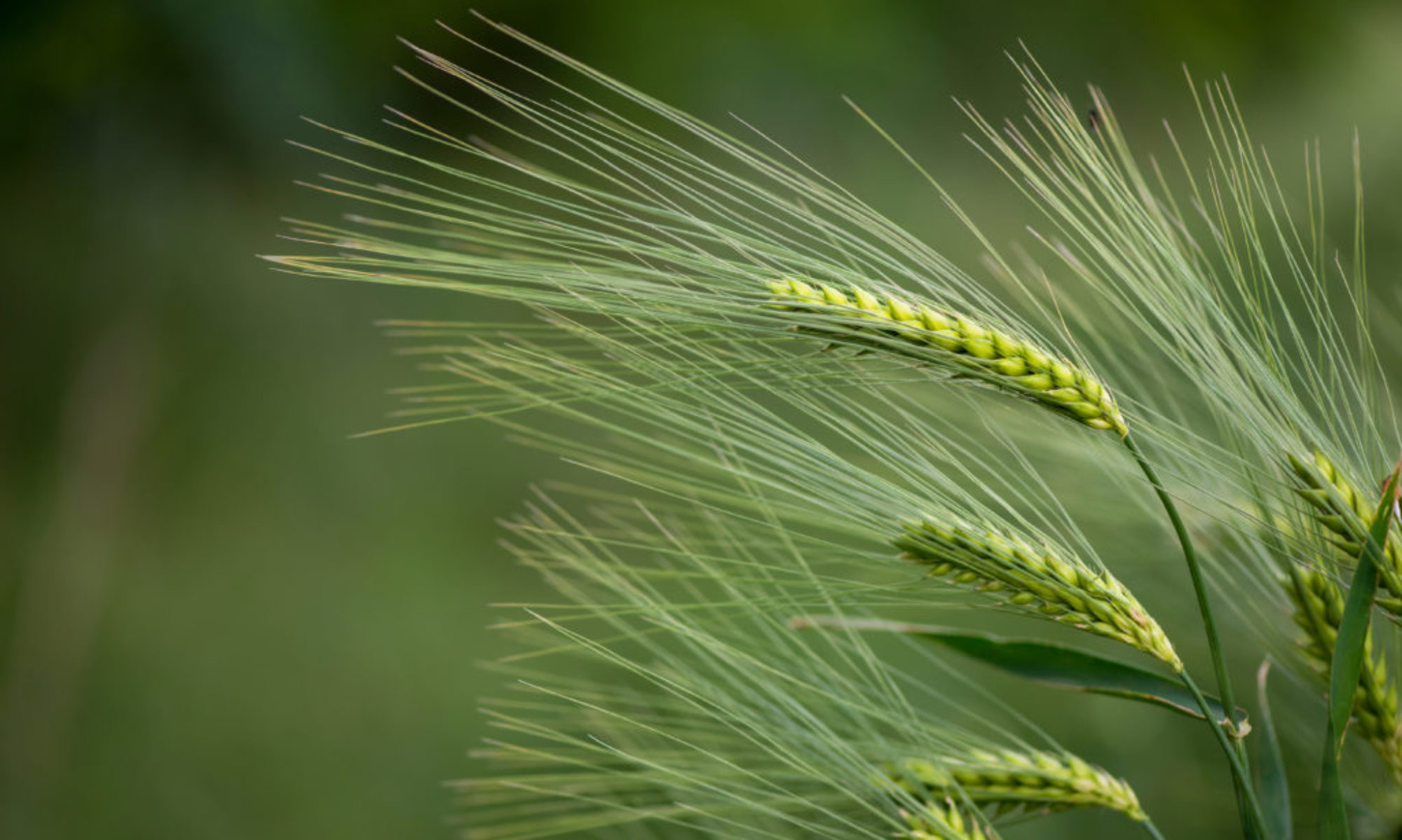By Maddie Patterson
Communications & Marketing Intern
Northern Crops Institute
Barley goes through quite a long journey to end up as food. Through planting, growing, harvesting, and processing, this important grain takes time and energy to make into delicious food and beverage products. But there are still multiple types of barley you see in the store. What is the difference? For the most part, the difference is processing. Barley goes through different stages of processing after harvest, and this determines what the end product looks like.
Cleaning
The first step in getting barley ready for human consumption is cleaning. This means that barley is separated from any stems or foreign matter that may have made it into the plant from harvesting, meaning a small portion of below human grade quality barley has been taken out it is cleaned. The grain passes through large rotating or shaking sieves that the small barley grains move through, while larger particles are caught. While this is happening, an aspiration system removes dust and chaff. Next barley is placed on shaking screens. These screens shake as the barley is on them, causing any stones (which are more dense than barley to fall to the bottom. These processes also help remove damaged or germinated kernels which are not ideal for human consumption. Finally, grain is weighed to determine cleaning losses and is then taken to a silo to be stored.
Conditioning
Next the barley is conditioned. This means that the grain manipulated to have a 15% moisture content by either drying or dampening, and then resting.
Bleaching
After resting, barley is ready to be bleached. The barley is placed in a cylinder which them has steam and sulfur dioxide pumped in. This only takes about 25 minutes to complete. Afterwards though, the barley requires another rest period of 12-24 hours.
Blocking and Pealing
Now the barley goes through blocking and pealing to remove the outside layers of barley. The grain travels through a rotating machine that knocks off the hull before moving on to aspiration. At this point, since the barley has been de-hulled, it is considered pearl barley.
Aspiration
Now that the grain is pearled, some of it will go into aspiration. In this process it is cut into grits. Aspirating the pearled grain removes abraded portions and is similar to those methods done for aspiration of oatmeal.
Polishing
Next the barley is moved into polishing. Here it is buffed on machines with hard with sandstone. This process is what gives pearled barley its chalky white look.
Flaking
If the pearled barley is going to be made into barley flakes, there are two more steps it must go through. First, they are steamed and flaked on large smooth rolls.
Drying
Next, they will be dried to about a 10.5% moisture content before they are packaged. From being in the field to packed away and ready for use, these are the different processes that barley goes through to end up ready to eat.
